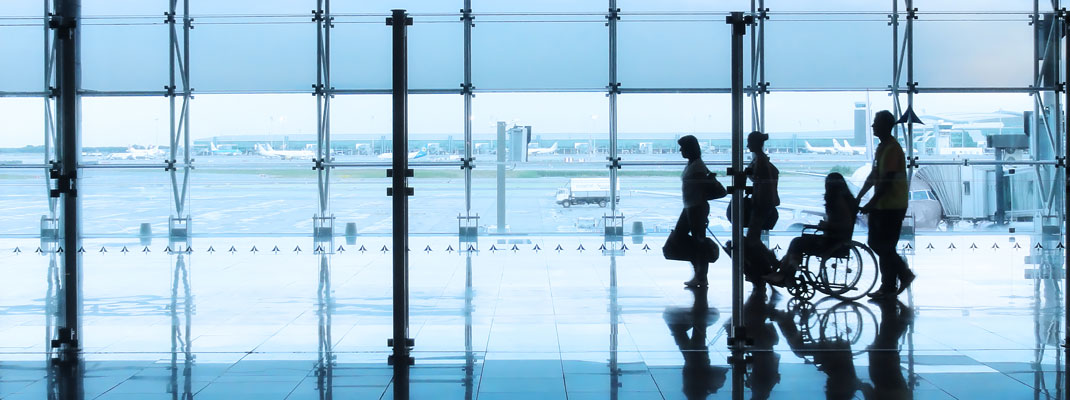By Katie Wright
As a woman who has lived her whole life with a disability, Katie is an avid traveller who understands the importance of not being held back by her condition. She enjoys sharing advice with other people who face decreased mobility, to help them reach their goals and fully live their lives.
Travel is for everyone – whether you’re 18 or 88, fully mobile or disabled. Of course, being limited with your mobility does present a few challenges, but with a little creativity and planning, you can enjoy a fulfilling holiday as an elderly or disabled traveller.
Here, we uncover three powerful ways to make exploring easier, more comfortable, and less stressful on your next trip.
Research your destination
Unfortunately, not all destinations are built with accessibility in mind. While some cities, such as Wellington (New Zealand), Barcelona (Spain), and Sydney (Australia) are recognised for their smooth sidewalks and accessible public transportation, others are less likely to be easy for you to navigate.
Always research your destinations carefully, looking at tourism or disabled community websites to discern whether it has the amenities and facilities you’ll need to comfortably explore the area. Making an itinerary is a great way to map out your visit, so you can call ahead of time and ensure attractions are suitable for you to navigate without any stress.
Online forums and groups are full of advice from different groups of people who’ve been to various places. You can learn from real experiences, ask questions, and get destination-specific tips for exploring seamlessly.
Pack proactively
Though you don’t want to pack unnecessary items, it’s important to be prepared and proactive when thinking about what you need to take for a comfortable and stress-free holiday. Collapsible walking canes are great to keep handy, as are noise-cancelling headphones, compression socks and back supports to keep you from experiencing any negative side effects from long journeys.
There are also many apps for accessible travel which are well worth downloading ahead of time. WheelMate can help you find accessible toilets and parking, and Navability can show you wheelchair friendly routes across many cities worldwide. Apps such as Moovit or Transit can help you navigate public transport systems in real time, and offer vital info on accessibility too.
Make use of helpful, local companies
Wherever you go in the world, there’s bound to be at least a few local businesses dedicated to helping accessible travellers get around easily. Many places offer guided tours which can be adjusted to suit accessibility needs, with local guides to help you navigate around obstacles and share shortcuts you’d struggle to find alone. Aim to book these ahead of time if possible so that you can ensure your accessibility needs are met.
You could also look into renting an accessible vehicle to help you explore off the resort and further afield into the more remote areas of your destination. Be sure to specify your needs when booking, or use an accessible-friendly travel agent to help collaborate your experiences and eliminate any guesswork.
Don’t let anything hold you back
Just because you’re a little older or have mobility challenges, there’s no need to avoid exploring the world. With thoughtful planning and the right resources to hand, you can enjoy a wonderful vacation filled with discovery, relaxation, and joy. Whether you want to wander through ancient ruins or enjoy panoramic views from a mountaintop tram, the opportunities are endless.
Some reference links as below:
Accessibility guide: https://www.skyscanner.net/news/inclusive-travel-rights-for-disabled-people
UK Wheelchair Accessible Holiday Cottages: https://www.simplyowners.net/holiday-cottages/wheelchair/

